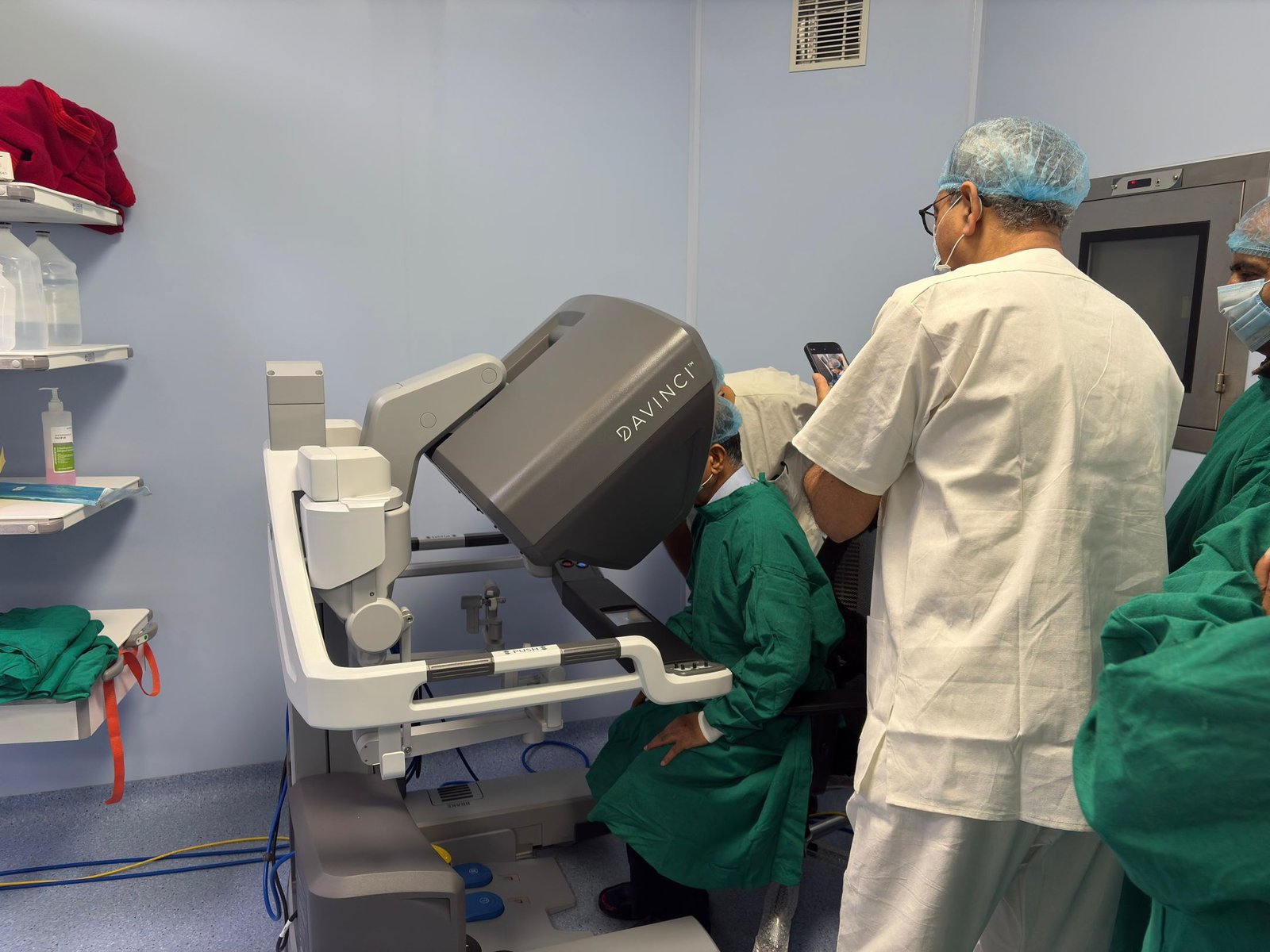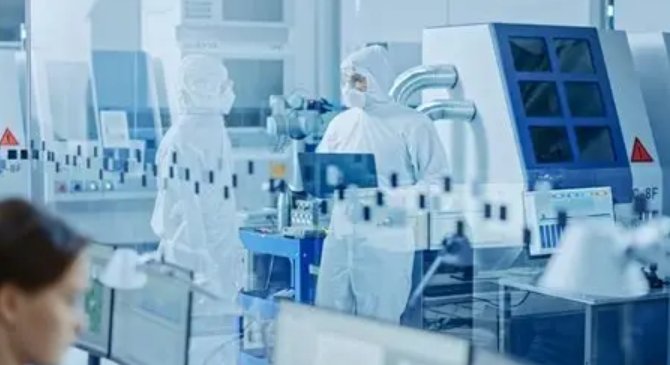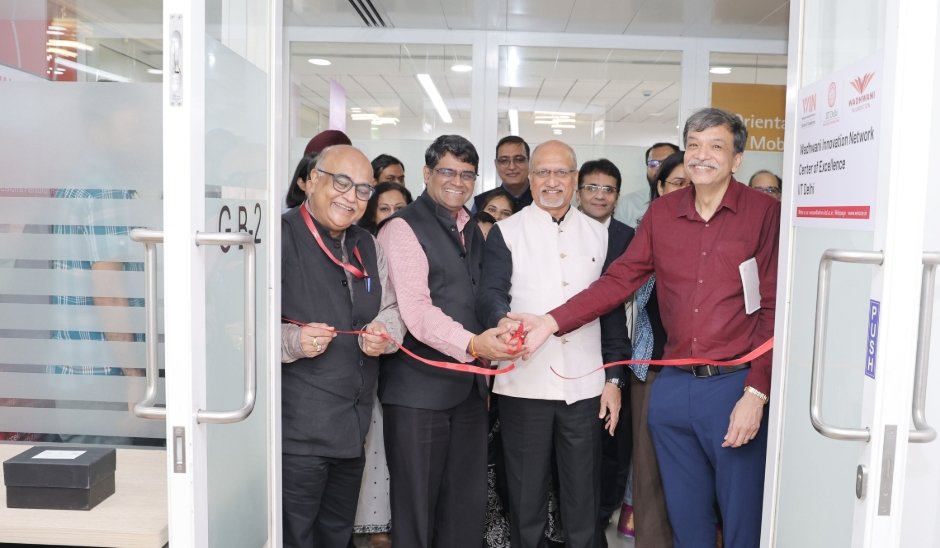Could 7.5% R&D Spends Make India Pharma Innovation Hub?
May 01, 2023 | Monday | Features | By Sanjiv Das
Companies need to think much more deeply about investing in R&D to develop new molecules, biosimilars and high-end medical devices to become the global pharma innovation hub
A report by India Brand Equity Foundation (IBEF) stated that India's domestic pharmaceutical market was estimated at $42 billion in 2021, which is likely to reach $ 65 billion by 2024 and may further expand to reach nearly $120-130 billion by 2030. The country’s vast pool of scientific talent, strong system of higher education, low operating costs, conducive regulatory environment and supportive government policies have made it an attractive destination for drug development, clinical trials, and commercial manufacturing.
A growing population, significant R&D investments, a modernised manufacturing base and the prevalence of chronic diseases have fuelled the growth of the pharma sector. And the backbone of the success can be largely attributed to robust R&D measures in recent years. Post COVID-19, pharma players have increased their R&D investment.
Several pharmaceutical companies have already established R&D centres in India, which serve as innovation hubs. Pfizer’s R&D centre in Chennai focuses on drug discovery and development, while Novartis’ Hyderabad centre is also working on developing novel drugs, with plans to invest $100 million in the centre.
Meanwhile, Merck has announced the inauguration of its healthcare R&D Excellence Centre in Bengaluru, which shall utilise innovations to improve healthcare solutions. On the other hand, Bayer’s Data Science and Analytics Centre in Hyderabad contributes to the global R&D for pharmaceutical drug development to launch new innovative therapies to address the unmet healthcare needs of patients.
To encourage the pharma industry, the Government of India launched the Product Linked Incentive (PLI) scheme for pharmaceuticals in 2021 with a financial outlay of Rs 15,000 crore over a period of six years. In the recent budget, the government allocated Rs 3,201 crore ($419.2 million) for research.
It may be noted that four pharma companies have received the first tranche of incentives of up to Rs 165.74 crore under the PLI scheme of the Department of Pharmaceuticals. The firms include Dr. Reddy’s Laboratories, Biocon, Strides Pharma Science and Premier Medical Corporation. The scheme was floated to boost indigenous production of active pharmaceutical ingredients which are the key raw materials in manufacturing drugs.
To add to this the Union Budget 2023 saw Finance Minister Nirmala Sitharaman announcing a programme to promote research and innovation in the pharmaceutical sector to be taken up through Centres of Excellence (CoE). "Establishment facilities in select Indian Council of Medical Research (ICMR) labs will be made available for research by public and private medical college faculty, private sector research teams to encourage collaborative research and innovation", Sitharaman said, urging the industry to invest in R&D in priority areas.
Sharing his views on the pharma innovations in the country, Sujay Shetty, Global Health Industries Advisory Leader, Partner, PwC India says, “The key driver to move up the value chain will be building a strong, innovation-based pipeline with potential breakthroughs in next-generation products (non-generics). India has opportunities in complex generics, speciality pharma, biosimilars and novel biological drugs, vaccines and preventives and other areas of unmet needs. There is also a huge potential to establish the country as the global innovation hub of the future. Innovation in both products and processes has the potential to be India’s big-ticket to development.”
Talking about pharma R&D, Vivek Sehgal, Director General, Organisation of Pharmaceutical Producers of India (OPPI) opines, “Over the past few years, India has emerged as an attractive destination for pharma companies’ investments in innovation. Despite a few challenges, pharma companies are investing heavily in R&D activities in India, with a focus on drug discovery and development. The country’s strengths in drug discovery and development, along with favourable government policies, and a large pool of skilled professionals, are bound to make India a global leader in pharmaceutical innovation in the coming years.”
India is the powerhouse of generic pharmaceuticals and its achievements are lauded globally. Companies need to think much more deeply about investing in R&D to develop new molecules, biosimilars and high-end medical devices to become the global pharma innovation hub. The cost of doing R&D in India is one-fifth the cost compared to developed nations, which is a big advantage. Along with scientific talent, a large patient pool which has not been exposed to modern medicines and patent protection makes India favourable for R&D. Though many companies have undertaken R&D measures, a lot more needs to be done to climb the innovation curve.
In FY 2021-22, the average R&D spend by pharma companies was 7.5 per cent of the total revenues, where in Alembic Pharma, Lupin, Dr. Reddy’s Laboratories and Glenmark invested more in R&D. Let's take a look at the R&D investment details of the top 15 pharma companies namely Biocon, Venus Remedies, Indoco, Sun Pharmaceutical Industries, Ajanta Pharma, Alembic Pharma, Aurobindo Pharma, Torrent Pharma, Alkem Laboratories, Lupin, Dr. Reddy's Laboratories, Panacea Biotec, Strides Pharma Science, Cipla and Glenmark during FY 21-22. The cumulative R&D expenditure of these 15 companies was Rs 12,263 crore for the year 2021-22.
Click here to read the full story
Sanjiv Das
(sanjiv.das@mmactiv.com)










